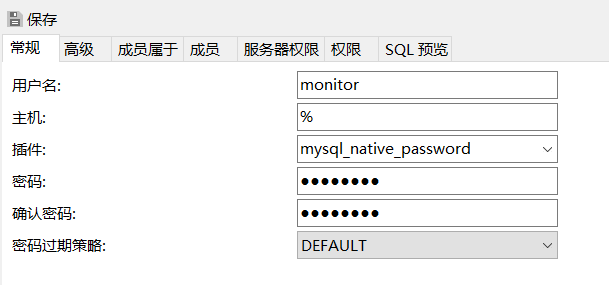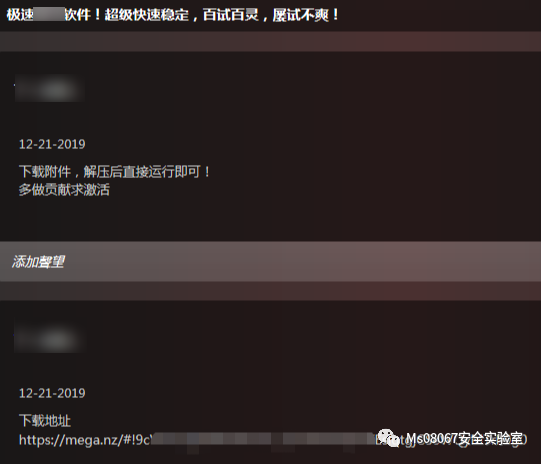I need to be able to send an email to the original requester when a PO is created from a Requisition in Acumatica 6.1.
Per Acumatica, the Notification screen cannot handle this functionality, so I have this code to extend the POOrder Entry graph, which sends an email to the Customer's contact email from the Requisition when a PO is created (along with the RQRequisitionEntryExt trigger):
public class POOrderEntryExt : PXGraphExtension<POOrderEntry>
{
private bool sendEmailNotification = false;
public bool SendEmailNotification
{
get
{
return sendEmailNotification;
}
set
{
sendEmailNotification = value;
}
}
[PXOverride]
public void Persist(Action del)
{
using (var ts = new PXTransactionScope())
{
if (del != null)
{
del();
}
if (SendEmailNotification)
{
bool sent = false;
string sError = "Failed to send E-mail.";
try
{
Notification rowNotification = PXSelect<Notification,
Where<Notification.name, Equal<Required<Notification.name>>>>
.Select(Base, "PurchaseOrderNotification");
if (rowNotification == null)
throw new PXException("Notification Template was not found.");
var order = Base.Document.Current;
var requisition = (RQRequisition)PXSelect<RQRequisition,
Where<RQRequisition.reqNbr, Equal<Current<POOrder.rQReqNbr>>>>
.SelectSingleBound(Base, new object[] { order });
if (requisition.CustomerID != null)
{
var customer = (BAccountR)PXSelectorAttribute.Select<RQRequisition.customerID>(
Base.Caches[typeof(RQRequisition)], requisition);
if (customer != null)
{
var defCustContact = (Contact)PXSelectorAttribute.Select<BAccountR.defContactID>(
Base.Caches[typeof(BAccountR)], customer);
if (String.IsNullOrEmpty(defCustContact.EMail))
throw new PXException("E-mail is not specified for Customer Contact.");
var sender = TemplateNotificationGenerator.Create(order,
rowNotification.NotificationID.Value);
sender.RefNoteID = order.NoteID;
sender.MailAccountId = rowNotification.NFrom.HasValue ?
rowNotification.NFrom.Value :
PX.Data.EP.MailAccountManager.DefaultMailAccountID;
sender.To = defCustContact.EMail;
sent |= sender.Send().Any();
}
}
}
catch (Exception Err)
{
sent = false;
sError = Err.Message;
}
if (!sent)
throw new PXException(sError);
}
ts.Complete();
}
}
}
And this to modify RQRequisitionEntry:
public class RQRequisitionEntryExt : PXGraphExtension<RQRequisitionEntry>
{
public PXAction<RQRequisition> createPOOrder;
[PXButton(ImageKey = PX.Web.UI.Sprite.Main.DataEntry)]
[PXUIField(DisplayName = Messages.CreateOrders)]
public IEnumerable CreatePOOrder(PXAdapter adapter)
{
PXGraph.InstanceCreated.AddHandler<POOrderEntry>((graph) =>
{
graph.GetExtension<POOrderEntryExt>().SendEmailNotification = true;
});
return Base.createPOOrder.Press(adapter);
}
}
In order to send an email to the Requester's (Employee) contact email from the Request, I modified the POOrderEntryExt to pull the information from the Request object and the Employee's Contact email (I left the RQRequisitionEntryExt the same and in place):
public class POOrderEntryExt : PXGraphExtension<POOrderEntry>
{
private bool sendEmailNotification = false;
public bool SendEmailNotification
{
get
{
return sendEmailNotification;
}
set
{
sendEmailNotification = value;
}
}
[PXOverride]
public void Persist(Action del)
{
using (var ts = new PXTransactionScope())
{
if (del != null)
{
del();
}
if (SendEmailNotification)
{
bool sent = false;
string sError = "Failed to send E-mail.";
try
{
Notification rowNotification = PXSelect<Notification,
Where<Notification.name, Equal<Required<Notification.name>>>>
.Select(Base, "PurchaseOrderNotification");
if (rowNotification == null)
throw new PXException("Notification Template was not found.");
var order = Base.Document.Current;
var requisition = (RQRequisition)PXSelect<RQRequisition,
Where<RQRequisition.reqNbr, Equal<Current<POOrder.rQReqNbr>>>>
.SelectSingleBound(Base, new object[] { order });
var request = (RQRequest)PXSelectJoin<RQRequest,
InnerJoin<RQRequisitionContent,
On<RQRequisitionContent.orderNbr, Equal<RQRequest.orderNbr>>>,
Where<RQRequisitionContent.reqNbr, Equal<POOrder.rQReqNbr>>>
.SelectSingleBound(Base, new object[] { order });
if (request.EmployeeID != null)
{
var employee = (BAccountR)PXSelectorAttribute.Select<RQRequest.employeeID>(
Base.Caches[typeof(RQRequest)], request);
if (employee != null)
{
var defEmpContact = (Contact)PXSelectorAttribute.Select<BAccountR.defContactID>(
Base.Caches[typeof(BAccountR)], employee);
if (String.IsNullOrEmpty(defEmpContact.EMail))
throw new PXException("E-mail is not specified for Employee Contact.");
var sender = TemplateNotificationGenerator.Create(order,
rowNotification.NotificationID.Value);
sender.RefNoteID = order.NoteID;
sender.MailAccountId = rowNotification.NFrom.HasValue ?
rowNotification.NFrom.Value :
PX.Data.EP.MailAccountManager.DefaultMailAccountID;
sender.To = defEmpContact.EMail;
sent |= sender.Send().Any();
}
else
throw new PXException("Customer not found.");
}
else
throw new PXException("Request not found.");
}
catch (Exception Err)
{
sent = false;
sError = Err.Message;
}
if (!sent)
throw new PXException(sError);
}
ts.Complete();
}
}
}
I can get the original code to send an email in my development environment, but my modified code only returns the outer "Failed to send E-mail" error.
Can anyone help point me in the right direction to get my modifications to work?





